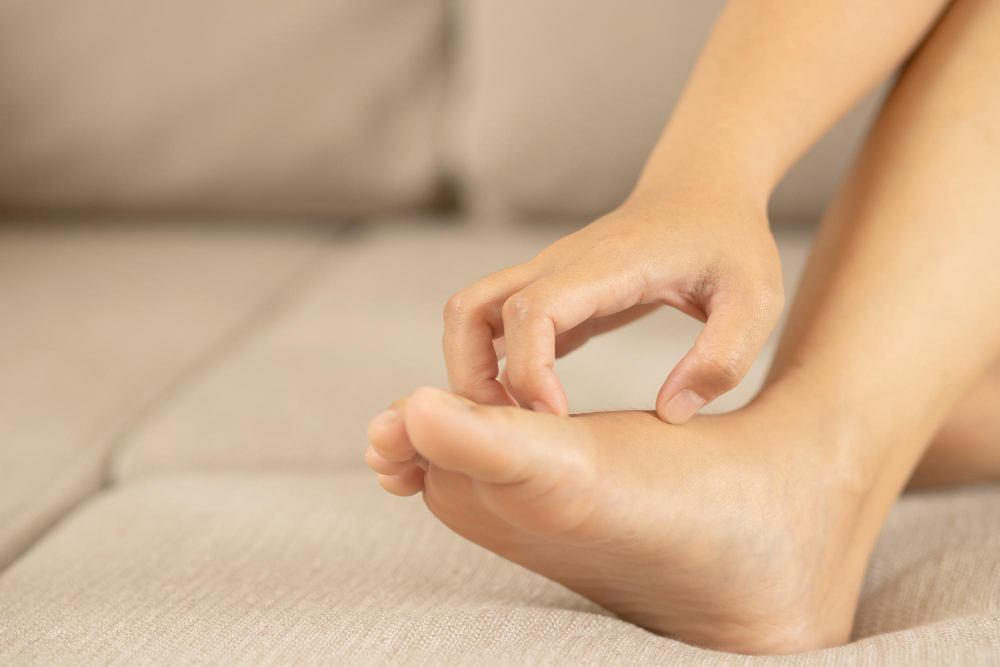Diabetes And Your Feet
 Diabetes is a prevalent health condition with a significant impact on various aspects of health, including foot health. According to a report by the American Diabetes Association, 38.4 million Americans, or 11.6% of the population, had diabetes as of 2021. Of these, 29.7 million were diagnosed, while 8.7 million remained undiagnosed.
Diabetes is a prevalent health condition with a significant impact on various aspects of health, including foot health. According to a report by the American Diabetes Association, 38.4 million Americans, or 11.6% of the population, had diabetes as of 2021. Of these, 29.7 million were diagnosed, while 8.7 million remained undiagnosed.
Diabetes can manifest differently in individuals, but one common consequence is the feeling of numbness in the hands or feet. This article brought to you by Mountain Spring Podiatry will explore the relationship between diabetes and foot health.
If you would like to see a licensed podiatrist for your concerns, then call Mountain Spring Podiatry to schedule an appointment with a foot doctor today. A little bit of foot care can go a long way.
Diabetes Impact on Foot Health
Diabetes is a metabolic disorder characterized by elevated blood sugar levels due to insufficient insulin production or impaired insulin function. Over time, uncontrolled diabetes can lead to various complications, including neuropathy and vascular problems, both of which significantly affect foot health:
- Neuropathy: Diabetic neuropathy is a common complication that affects the nerves, particularly in the feet and legs. High blood sugar levels can damage nerve fibers, leading to symptoms such as tingling, burning, or numbness in the hands and feet. This neuropathic damage can reduce sensation in the feet, making it challenging to detect injuries, infections, or ulcers.
- Vascular Issues: Diabetes can also impact blood circulation, leading to poor vascular health. Reduced blood flow to the feet can impair healing processes and increase the risk of foot ulcers, infections, and tissue damage. Peripheral artery disease (PAD), a condition common in diabetics, further exacerbates vascular issues by narrowing arteries and limiting blood flow to the extremities.
Consequences of Poor Foot Care for Diabetics
Reduced sensation in the feet due to neuropathy can lead to unnoticed injuries or wounds. If undetected, minor cuts, blisters, or sores can develop into serious infections and pose a significant risk, especially for diabetics with compromised immune systems.
Further, poor circulation and neuropathic damage impair the body’s ability to heal wounds effectively. Diabetics may experience delayed wound healing, leading to chronic ulcers, gangrene, and potential limb amputation if infections become severe and unmanageable.
Foot ulcers are another common complication of diabetes, particularly in individuals with neuropathy and vascular issues. These ulcers are slow to heal, prone to infection, and can result in tissue necrosis if left untreated.
Diabetic Foot Care Is a Call Away
Proactive diabetic foot care is paramount for diabetics who want to prevent complications and maintain optimal foot function. Diabetics should inspect their feet daily for any signs of redness, swelling, cuts, blisters, or sores.
Keeping feet clean and dry helps prevent infections. Use mild soap and lukewarm water to wash feet, and gently pat them dry, especially between the toes. Apply a moisturizing cream or lotion to keep the skin on the feet soft and hydrated. However, avoid applying lotion between the toes to prevent excess moisture accumulation.
Further, trim toenails straight across to avoid ingrown nails. Diabetics should avoid cutting corners or cutting too close to the skin to prevent injuries. Finally, choose shoes that fit well, provide adequate support and cushioning, and do not rub or create pressure points.
For advanced support, consider calling Mountain Spring Podiatry to schedule an appointment with one of our licensed foot specialists. Our team is on standby to take your call today.
